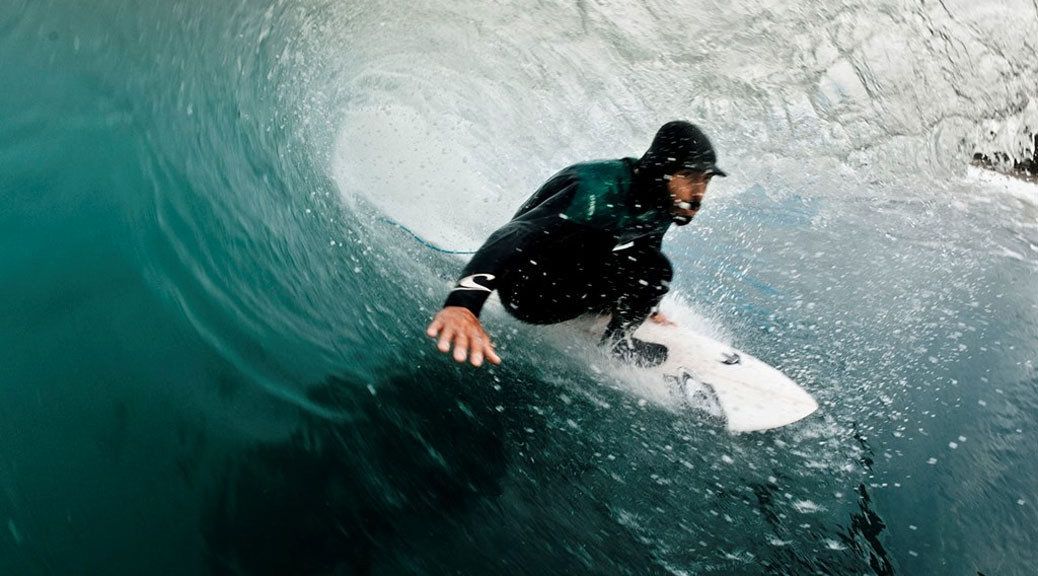With the high pressure systems becoming more frequent and the air temperatures warming up it won’t be long till the water temperatures around the UK start to catch up. This can only mean one thing! It’s time to brush off the neoprene cobwebs and prepare for the season ahead. But just remember have you got all areas of your body including your head, hands and feet covered with the right gear?
Due to the lack of warmth over the winter many waters around the country will still be well below 10°C, too cold for just a wetsuit alone. Don’t risk getting cold and cutting your session short with cold hands and feet. Let us give you the knowledge to understand the need and options of different gear for your extremities.
It’s widely known that when you get cold your body’s defence is to divert all heat away from your extremities to your core and vital organs, so just relying on a thick winter wetsuit is not enough in cold water. To give you a better idea of what gloves, boots and hoods you could get it’s important to know what time of year you will be going out in, how much use they will get and your budget.
Hoods & Beanies
Recent research has shown that heat loss through your head of around 45% is a myth and is actually around 10%, never the less it’s extremely important to cover your head in cold water. Despite this myth and lower figure, surfers still regularly wear a hood due to the increased chance of being submerged or covered by a crashing wave. This rapid change in head temperature can lead to brain freeze which no rider wants.
Full Neoprene Hood
Full wetsuit hoods vary in thickness from 2-3mm to provide a perfect balance of warmth and flexibility suited to any condition you may throw yourself into. Most hoods come with a peak this provides two functions; gives extra protection against the crashing waves/spray and gives added protection against the bright sun on those rare days.

Many people ask the question to tuck or not to tuck your hood? The real answer is whatever you feel comfortable with, try both ways and you will soon find out which is best for you and your style of riding.
Neoprene Beanie
When a full hood is over kill a wetsuit beanie could be an excellent alternative, suited to lower impact sports and warmer conditions. The possibility of losing your beanie out in the surf is high so many beanies now come with an attachment strap as standard giving you the confidence to take on some huge waves.
Beanies are generally thinner than full face hoods around 2mm due to being used in warmer water, as a result they have increased comfort and flexibility. For that perfect beanie visit (Link to wetsuit)
Boots
Whether you’re planning on spending hours in the water or having fun on the beach being equipped with the right feet protection is important. As a general rule of thumb if you’re wearing a full wetsuit a neoprene boot is best whereas if you’re walking around the beach visiting rock pools a neoprene reef shoe will be best.
Reef shoes are thinner at around 2mm but have a thicker sole perfect for walking across sharp rocks whilst keeping cool at the same time. For extra protection against the cold a full boot 3-5mm thick would be used in conjunction with your wetsuit providing a perfect seal against any water seeping through.

Split or round toe design? Is a frequent question asked by many water sport enthusiasts. The advantage of spilt toe design ensures your feet stay planted in your boot and reduce slipping which could affect your ability to surf. Whereas round toe designs are generally more comfortable and give extra warmth as all your toes are together.
You wouldn’t get the wrong size shoe and wetsuit boots are no different. Too small they rub and feel uncomfortable whereas too big can cause the boot to fill with water.
Gloves
Head, check. Feet, check. Next is picking the perfect wetsuit glove which can be a daunting prospect with the numerous variations and styles out there! With an item such as gloves facing a lot of punishment, being either single or double skinned is an important aspect. Single skin gloves are generally smoother and repel water more efficiently but less durable whereas double skinned are much more durable and slightly stiffer due to the increased thickness a favourite for many people.

Another factor to consider is the neoprene thickness, this can vary from 1-5mm the thicker the glove the more warmth it provides but gives less feedback to the user, so finding that perfect balance is key. The Psycho Double Lined (DL) is the thinnest fully sealed glove on the market at just 1.5mm, perfect for most UK waters.
Having a glove that is too small can cause poor circulation and cold hands whereas gloves being too big won’t retain the heat so it’s important you follow our size guide link to help choose the right size for you.
Neoprene Maintenance & Care
As with any neoprene product it is important to clean and store them correctly. To ensure your boots, gloves and hoods stay mould free and last for years rinsing after use in salt water and thoroughly drying is a must! And finally store them in a dry environment out of direct sunlight.
This guide should help you pick all the right gear but if you’re still unsure why not pop into store or give us a call and speak to one of our experienced staff.

